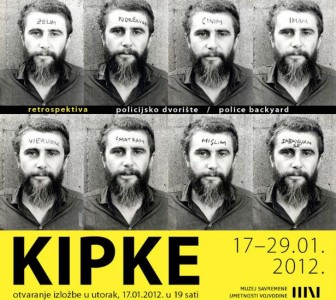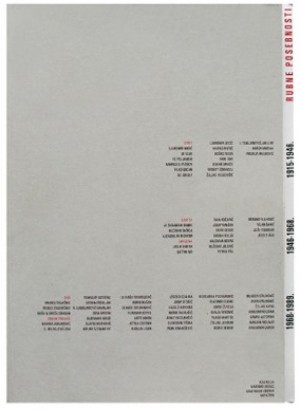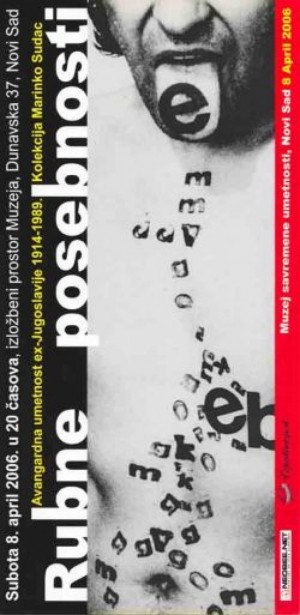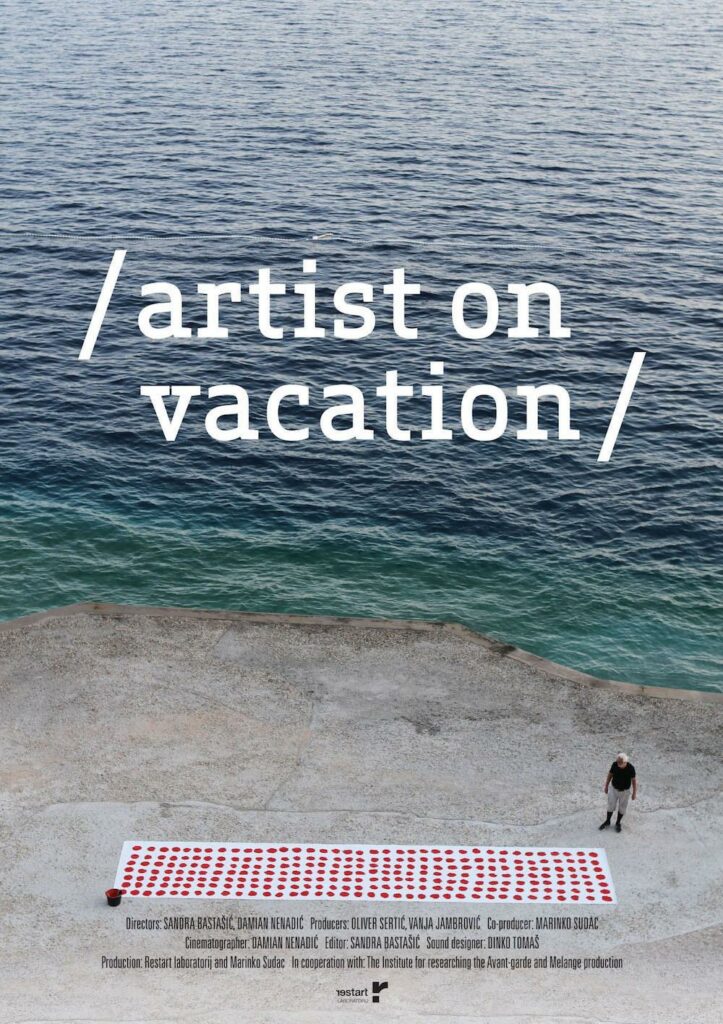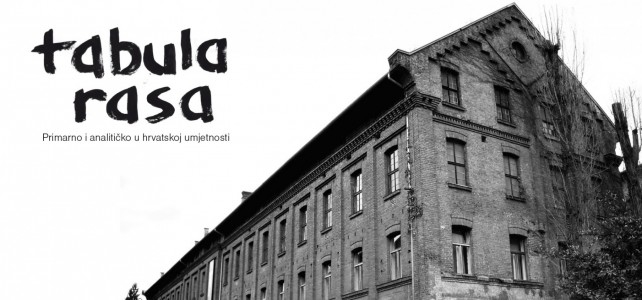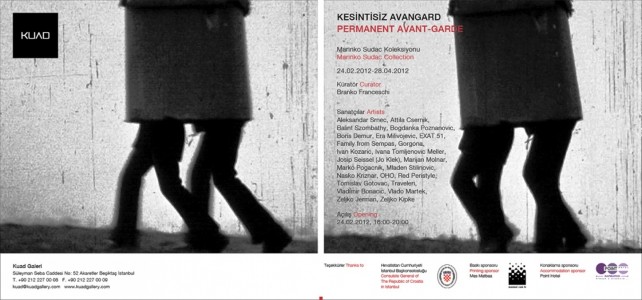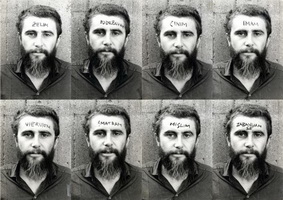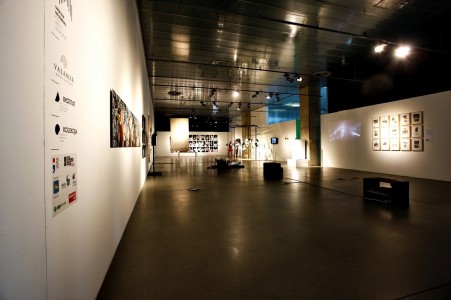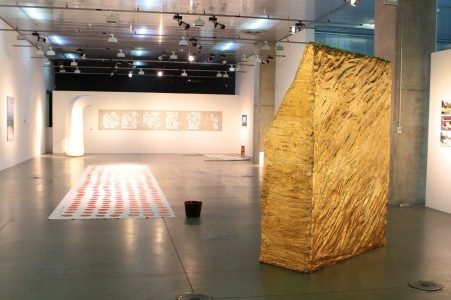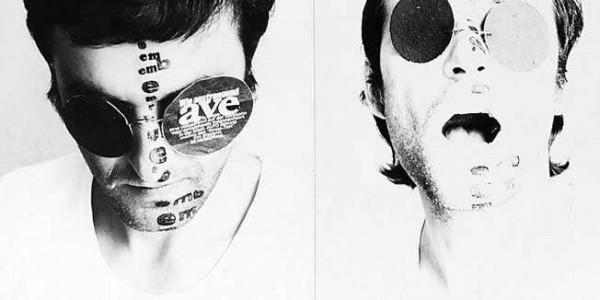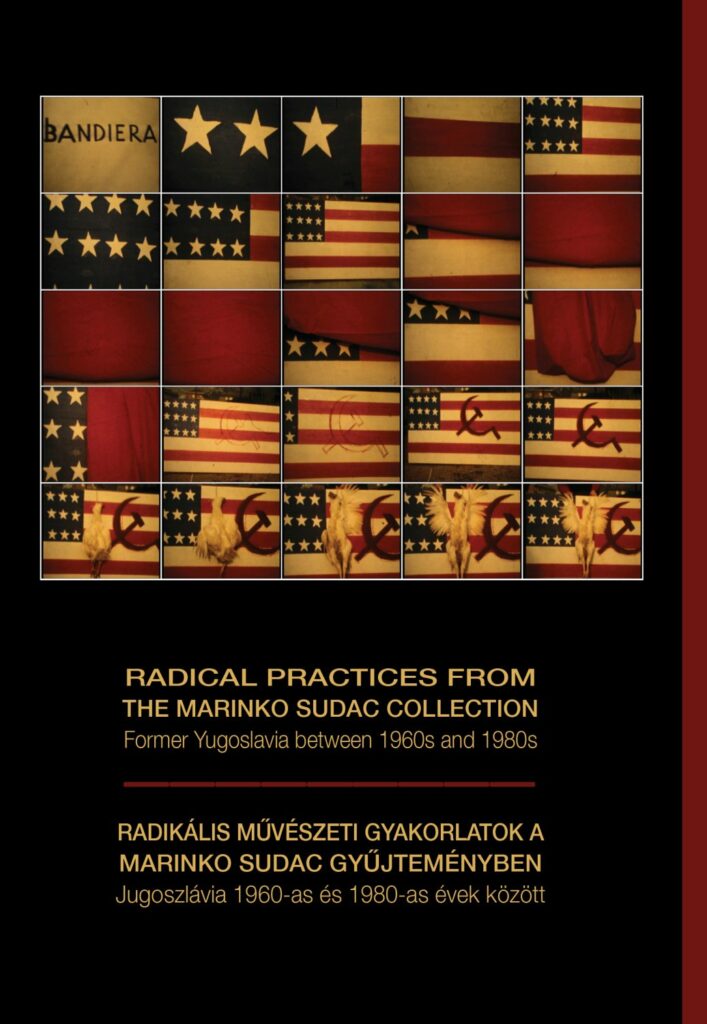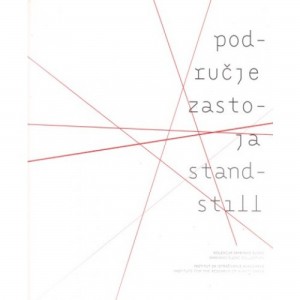ŽELJKO KIPKE
Biografija
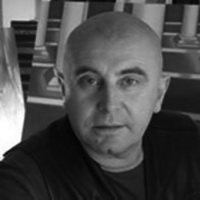
Ex Jugoslavija
1968-1989
The painting of Željko Kipke is characterized by analyticity, eclecticism, and theoretical and artistic completeness within the individual cycles. Starting from the primary painting, geometric shapes that have their references in non-painting semantic field and moving to the figurality, Kipke rejects the division of the figurative and the abstract, and his painting contains a wide range of references: from Maljevič’s cross, Byzantine frescos, up to painting clips of the illustrations of everyday life.
At first Kipke has been creating in the spirit of analytic painting and was concentrated on studying the artistic medium itself, i.e. the material aspects of the painting deprived from emotional and psychological charge and any referentiality (10 puta nanošena boja 10 puta ostrugana – 10 times applied paint scraped 10 times, from 1977, that is a part of the Collection). According to Miško Šuvaković, Kipke’s paintings dating from that period "belong to a stream of elementary painting and political problematization of the value system of the artistic world". During the eighties, in the cycles Psi podzemlja (Dogs of the Underground, 1984), Transparentno prostranstvo (Transparent Space, 1985), Theatrum mundi (The Gallery of Contemporary Art, 1986), Kabineti molitvenih strojeva (Cabinets of Praying Machines, 1987), Haddah (1988, The Gallery of Contemporary Art, Gallery JAT), Mundus subterraneus (1989, The Gallery of Contemporary Art), Loža crne optike (Lodge of black optics, 1990), in the spirit of postmodernism he has combined the uncombinable and started using figuration, abstraction and textuality, building complex meanings by opposing different symbols, according to his own idea of Slikarstvo Novog Eona (The Painting of the New Aeon), which means a complex process of redistribution of terms, not only on the artistic surface but also in the field of philosophy, mathematics, computer science, etc.
Since 2000 one can notice a more frequent use of text that has become an integral part of the painting. For example, in the cycle Moje slike, moji snovi (My paintings, my dreams, 2002), using motives from advertisements that he contrasted with simple textual notes of his own dreams he creates a gap between banal everyday life and the irrational world of dreams.
The artist became engaged in experimental film in the eighties, when he made six films together called Six Easy Pieces. The films are characterized by the immediacy of film language reached by the lack of subsequent interventions with montage.
In 1980 a video Ritam (Rhytm) is made, in which Kipke captures his movement in real time on four S8 film rolls. The video Ugrađivanje u crni kvadrat (The Embedding in a Black Square) was made in 1984 and it shows the author as he lays down in a square that he previously drew around him.
Željko Kipke was born in Čakovec in 1953. He graduated in painting from the Academy of Fine Arts in Zagreb in 1976. Since 1982 he has been focused on theoretical work and he started publishing articles and reviews in newspapers and magazines. He has published several books. He exhibited at the Venice Biennale in 1993. He lives and works in Zagreb.
J. Bubaš
Projekti u kojima su izlagani radovi
umjetnički utjecaji
ŽELJKO KIPKE utjecao je na:
Ex Jugoslavija
1968-1989
Na ŽELJKO KIPKE utjecali su:
Ex Jugoslavija
1946-1968
Ex Jugoslavija
1968-1989


